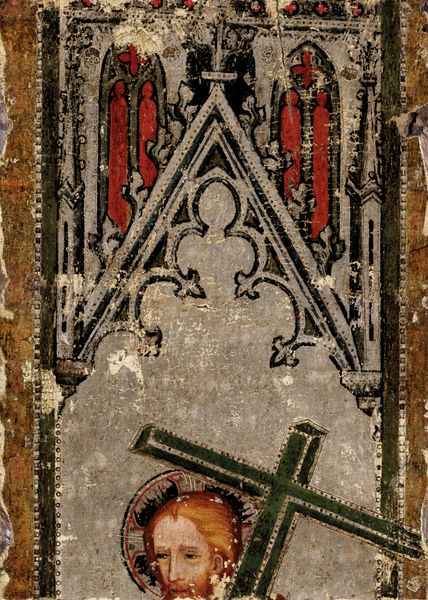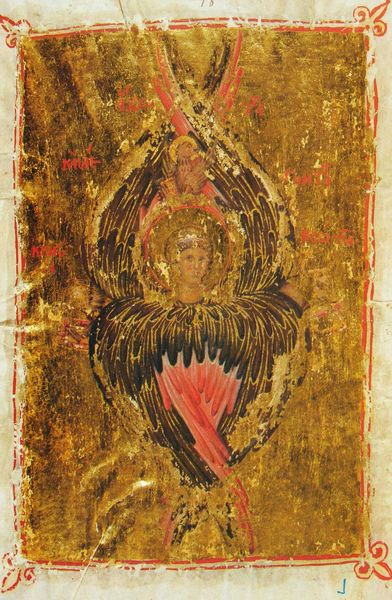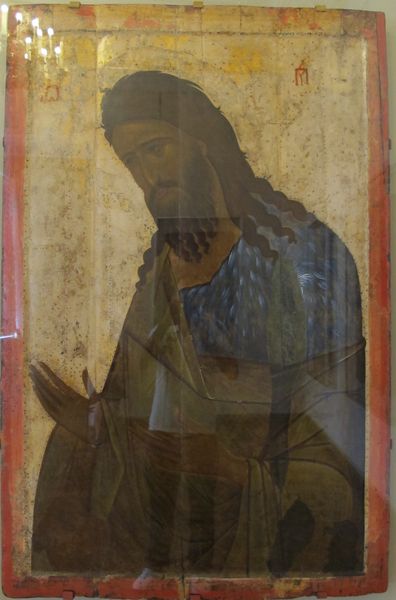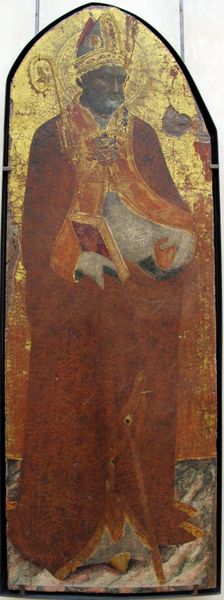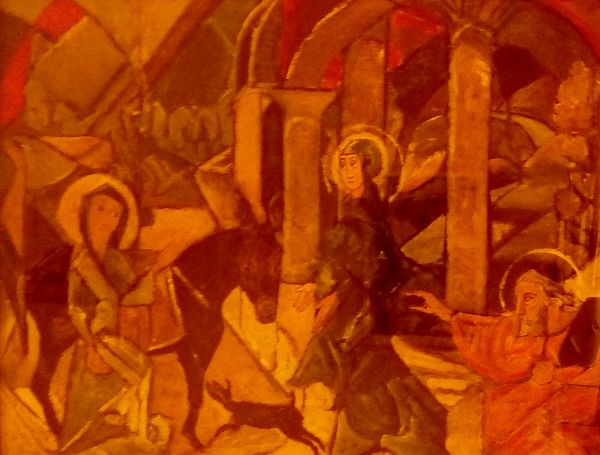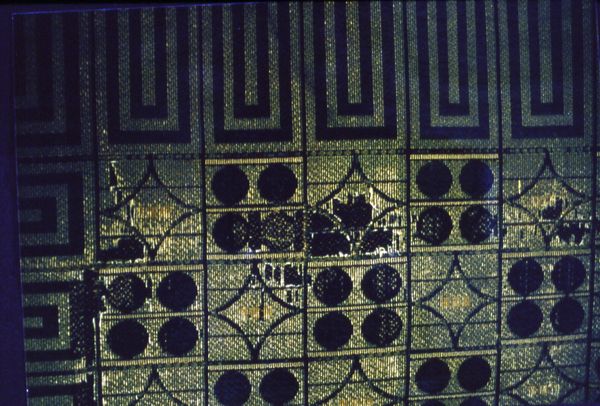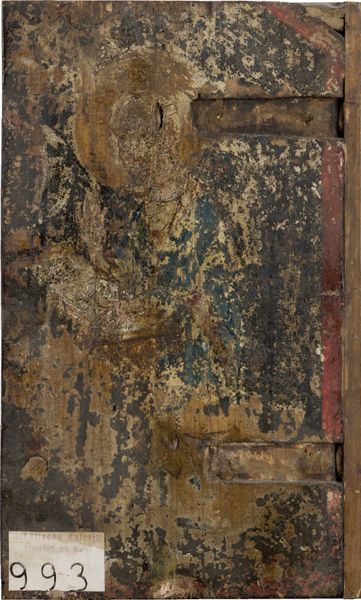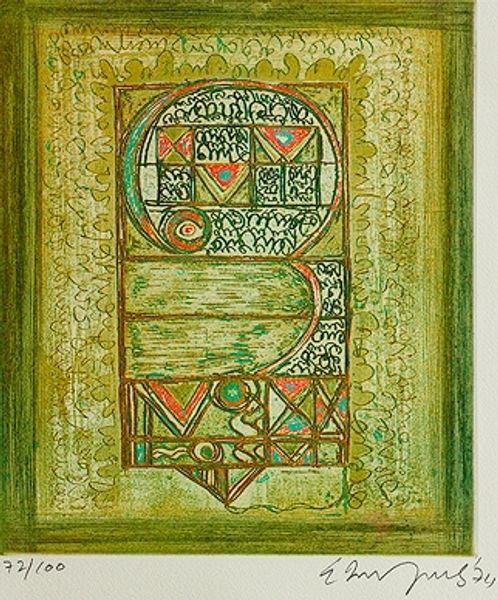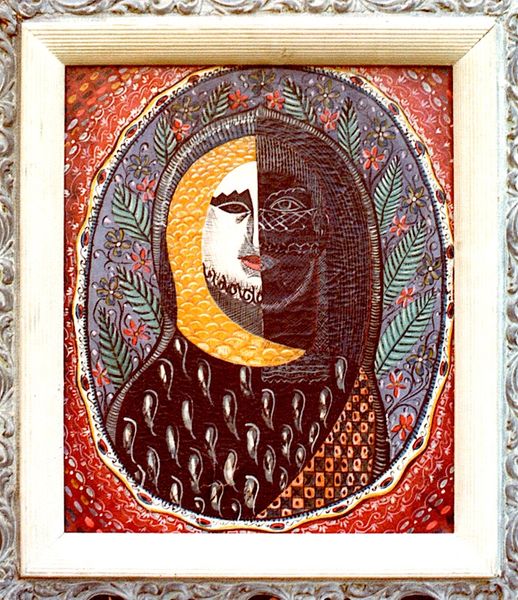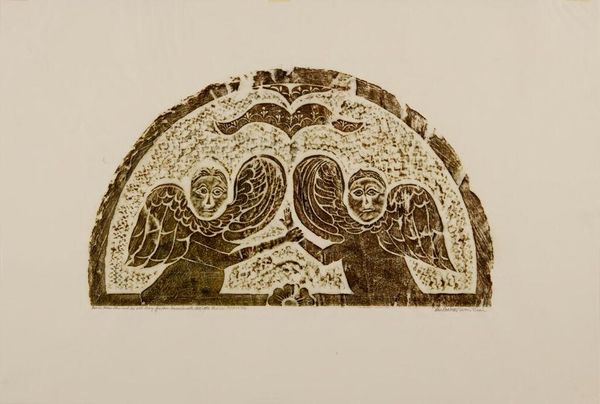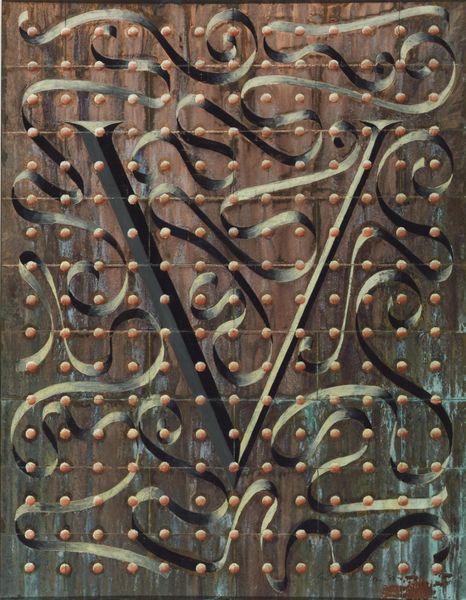
Virgin Mary 1150
0:00
0:00
orthodoxicons
Duomo di Spoleto (Cattedrale di Santa Maria Assunta), Spoleto, Italy
tempera, painting
#
portrait
#
gouache
#
byzantine-art
#
medieval
#
tempera
#
painting
#
oil painting
#
virgin-mary
Copyright: Orthodox Icons,Fair Use
Editor: This is "Virgin Mary," a tempera painting from around 1150, currently housed at the Duomo di Spoleto in Italy. It's quite striking, isn't it? Her gaze seems so sorrowful, almost weighted down. What is your interpretation of the work? Art Historian: Indeed. The Virgin's melancholic expression is characteristic of Byzantine iconography, but it speaks to broader concerns, I think. How do you see this piece fitting within the socio-political landscape of its time? Editor: Well, I suppose that as a religious icon, it likely served a didactic purpose, reinforcing religious beliefs in a predominantly Christian society? Art Historian: Precisely. But consider the role of women during the Medieval period. This image, though reverential, also subtly reinforces the idea of female suffering and submission. Do you notice the way her body is obscured, almost disappearing into the dark cloak? Editor: Now that you mention it, yes. The cloak almost consumes her, doesn't it? I hadn’t considered the way her figure seems diminished despite her iconic status. It’s not exactly empowering. Art Historian: And what does that say about the intersection of religious devotion and the construction of gender within a patriarchal structure? We must constantly question the underlying power dynamics at play. What about the symbolism, do you read something in the decorative elements? Editor: Hmm. I am curious to study other representations of powerful woman figures during that period. That sounds so relevant today. Art Historian: Precisely! Questioning representations helps us recognize the evolution, and sometimes, the stagnation, of societal narratives. Editor: I think that's such a cool perspective on art and religion. I feel I am going to explore the role of female icons in various cultural and political contexts from now on!
Comments
No comments
Be the first to comment and join the conversation on the ultimate creative platform.
